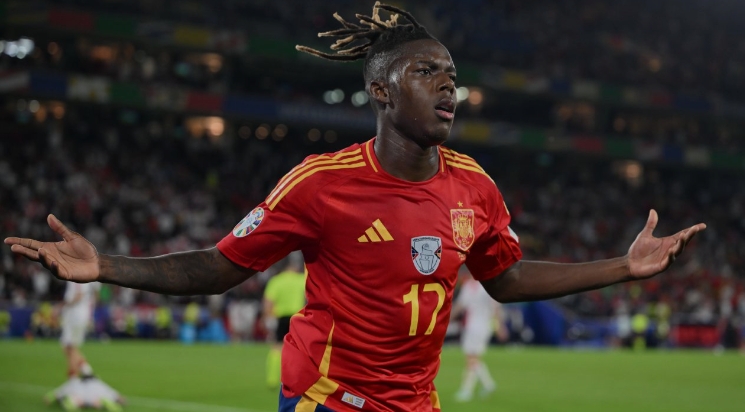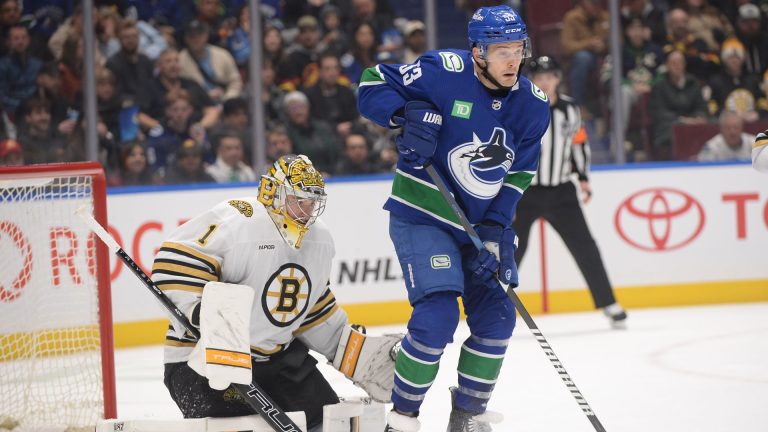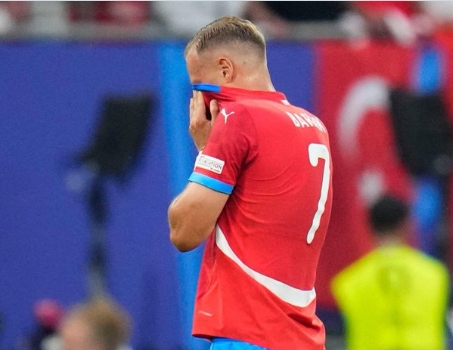Introduction:
In the summer of 1991, the world witnessed a momentous event that would reshape the geopolitical landscape: the dissolution of the Soviet Union. After nearly seven decades of totalitarian rule, the Soviet Union, once a superpower and the leader of the communist bloc, crumbled under the weight of internal turmoil and political reform. The events that unfolded in August 1991 marked the end of an era and the beginning of a new chapter in world history.
Detailed Description:
Leading up to August 1991, the Soviet Union was undergoing significant political and economic changes. Mikhail Gorbachev, the General Secretary of the Communist Party and the Soviet Union’s leader, had introduced a series of reforms aimed at modernizing the country’s political system and reviving its stagnant economy. Gorbachev’s policies aimed to increase transparency, encourage political participation, and decentralize power from the central government.
However, these reforms faced resistance from hardliners within the Soviet regime who saw them as compromising the communist ideals and weakening the country’s global standing. This tension between reformers and hardliners came to a head in August 1991 when conservative communists launched a coup against Gorbachev.
On August 18, a group of high-ranking military and government officials, led by the Vice President Gennady Yanayev, declared a state of emergency, claiming that Gorbachev’s reforms had pushed the Soviet Union to the brink of collapse. Tanks rolled into Moscow, arresting Gorbachev and placing him under house arrest in Crimea.
News of the coup spread rapidly, both domestically and internationally, triggering widespread protests across major cities in the Soviet Union. Millions of people took to the streets, demanding an end to the coup and a return to the path of reform. Among the prominent figures who rallied against the coup was Boris Yeltsin, the President of the Russian Soviet Federative Socialist Republic.

Yeltsin, a key figure from the Russian republic, appealed to the citizens to resist the coup and preserve the progress made towards democracy. From the Russian Parliament building, now known as the White House, Yeltsin defiantly confronted the coup leaders, becoming the center of the opposition movement.
As the protests grew in intensity and the coup appeared to lose its grip on power, divisions within the military and security forces emerged. On August 21, just three days after the coup was launched, forces loyal to Yeltsin and the Russian Republic thwarted the coup attempt, effectively ending the coup and freeing Gorbachev from arrest.
The failed coup d’état marked a turning point in Soviet history. It exposed the deep divisions within the ruling elite and eroded the legitimacy of the Communist Party. Gorbachev’s power and influence diminished significantly, and the separatist movements in the Soviet republics gained momentum. In the aftermath of the coup, the Soviet Union began to unravel, leading ultimately to its formal dissolution on December 26, 1991.
Conclusion:
The events that unfolded in August 1991 in the Soviet Union were a pivotal moment in world history. The failed coup against Gorbachev and the subsequent collapse of the Soviet Union represented the end of the Cold War era and the beginning of a new era of geopolitical realignments. The dissolution of the Soviet Union had profound consequences for global politics, ushering in a period of change and transformation that continues to shape the world today.







